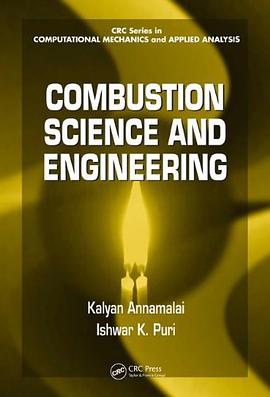

具体描述
For most of the 19th and much of the 20th centuries, railroads dominated American transportation. They transformed life and captured the imagination. Yet by 1907 railroads had also become the largest cause of violent death in the country, that year claiming the lives of nearly twelve thousand passengers, workers, and others. In Death Rode the Rails Mark Aldrich explores the evolution of railroad safety in the United States by examining a variety of incidents: spectacular train wrecks, smaller accidents in shops and yards that devastated the lives of workers and their families, and the deaths of thousands of women and children killed while walking on or crossing the street-grade tracks. The evolution of railroad safety, Aldrich argues, involved the interplay of market forces, science and technology, and legal and public pressures. He considers the railroad as a system in its entirety: operational realities, technical constraints, economic history, internal politics, and labor management. Aldrich shows that economics initially encouraged American carriers to build and operate cheap and dangerous lines. Only over time did the trade-off between safety and output-shaped by labor markets and public policy-motivate carriers to develop technological improvements that enhanced both productivity and safety. A fascinating account of one of America's most important industries and its dangers, Death Rode the Rails will appeal to scholars of economics and the history of transportation, technology, labor, regulation, safety, and business, as well as to railroad enthusiasts.
作者简介
目录信息
读后感
评分
评分
评分
评分
用户评价
相关图书
本站所有内容均为互联网搜索引擎提供的公开搜索信息,本站不存储任何数据与内容,任何内容与数据均与本站无关,如有需要请联系相关搜索引擎包括但不限于百度,google,bing,sogou 等
© 2026 book.quotespace.org All Rights Reserved. 小美书屋 版权所有




















